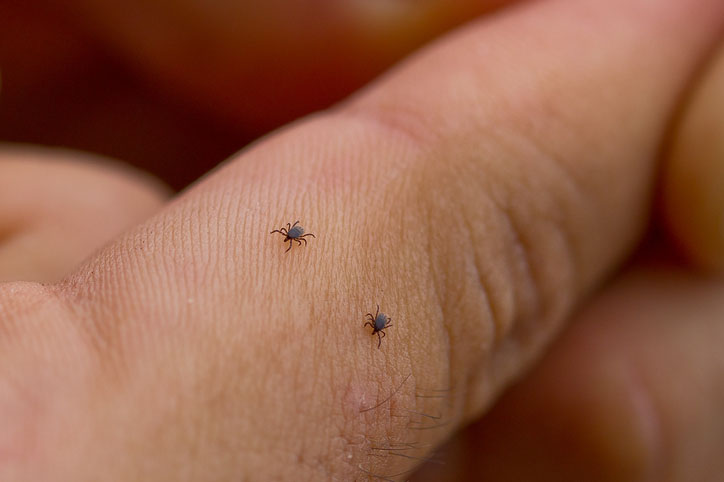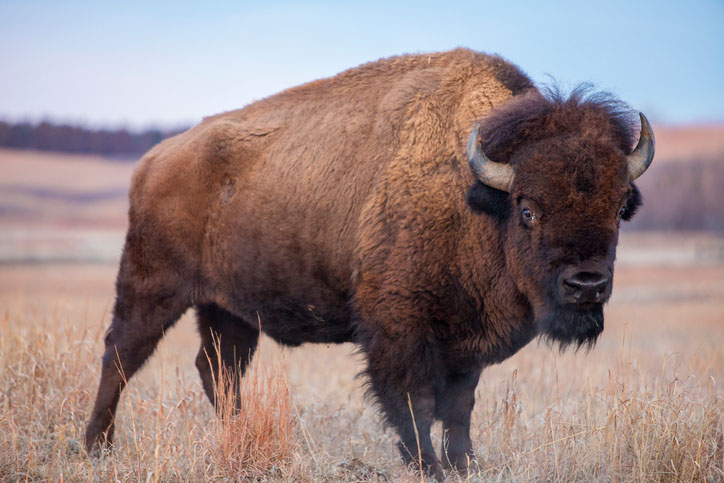Lice in Sheep and Goats
- Lice
- Overview of Lice
- Lice in Cattle
- Lice in Sheep and Goats
- Lice in Horses and Donkeys
- Lice in Pigs
- Lice in Dogs and Cats
Sheep may become infested with one species of chewing louse, Damalinia ovis (formerly Bovicola ovis), and three species of bloodsucking lice: Linognathus pedalis, L ovillus, and L africanus (see Table: Site Predilection of Sheep Lice). Outside the USA, D ovis is also referred to as the sheep body louse. Despite its name, L africanus is found outside Africa, including in the USA, Central America, and India. L africanus has also been reported from a variety of hosts, including goats and several species of deer.
Goats can be parasitized by three types of chewing lice, namely Damalinia caprae (formerly Bovicola caprae), D limbata (formerly B limbata), and D crassipes (formerly Holokartikos crassipes); and two types of bloodsucking lice, namely Linognathus stenopsis and L africanus. L stenopsis is found on both short-haired and Angora breeds of goats. L stenopsis has occasionally been reported from sheep in various parts of the world. It is found mostly on the long-haired parts of the hindlegs and back. Severe infestations are rare. D caprae, the goat biting louse, is most frequently found on short-haired goats. Both D crassipes and D limbata (the Angora goat biting louse) are serious pests of Angora breeds.
Site Predilection of Sheep Lice
Pathogenesis and Disease Transmission:
Treatment:
Pyrethrins and pyrethroids are labeled for control of lice in sheep and goats. Shearing may be necessary to achieve effective louse control on sheep and goats. Re-treatment is often necessary. Husbandry issues and individual health issues within the flock or herd should be addressed. Shearing must be done carefully, because clippers may carry lice from animal to animal.
Treatment of meat and dairy animals must be restricted to uses specified on the product label, and all label precautions should be carefully observed. Appropriate meat and milk withdrawal times must be observed.
Resources In This Article
- Lice
- Overview of Lice
- Lice in Cattle
- Lice in Sheep and Goats
- Lice in Horses and Donkeys
- Lice in Pigs
- Lice in Dogs and Cats





